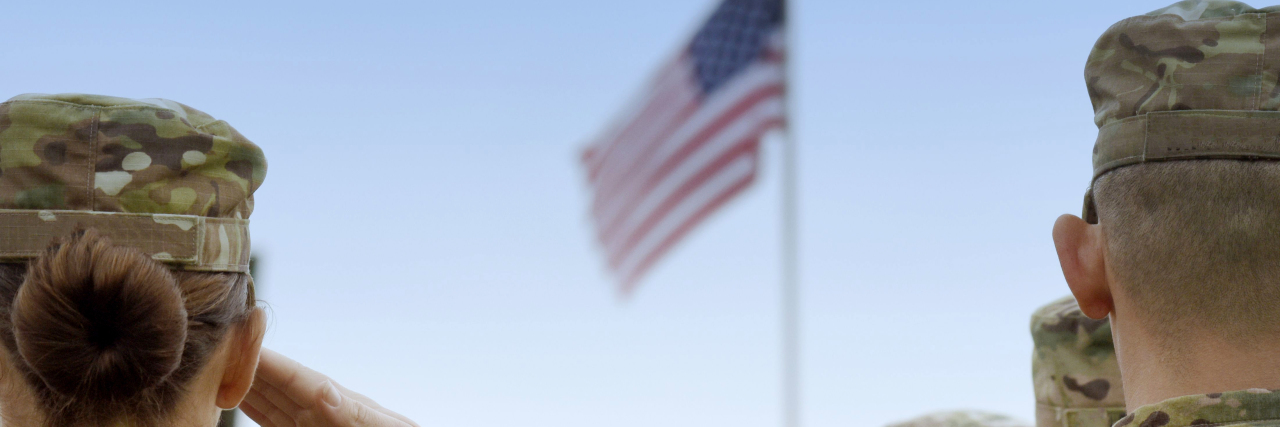At the World Economic Forum in Davos, Switzerland, U.S. President Donald Trump dismissed the potentially severe injuries of U.S. troops as “headaches.” The troops who were injured in the January 8th Iranian missile attack on the Al-Asad airbase in Iraq were subsequently treated for concussion-like symptoms, potentially indicative of a traumatic brain injury.
According to the Mayo Clinic, mild traumatic brain injuries, such as concussions, may affect the brain temporarily. However, more serious traumatic brain injuries can result in bruising, torn tissues, bleeding, and other physical damage to the brain. Traumatic brain injuries can result in long-term disability and even death.
When asked by a journalist whether he thought traumatic brain injuries were serious, President Trump responded, “I don’t consider them very serious injuries relative to other injuries I’ve seen.” Visibility. The president based his assumption on the severity of traumatic brain injuries on what he can see. Yes, there may not be any physical signs of an injury as you would see with a laceration or amputation. But there are signs you can’t see: sensory symptoms such as blurred vision; cognitive symptoms such as memory or concentration problems; mental symptoms such as feeling depressed or anxious.
Just because an injury isn’t outwardly visible doesn’t mean it should be ignored. If the injury goes untreated, the patient continues to experience pain and cognitive problems, reducing their quality of life. Therefore, recognition of the severity of traumatic brain injuries is crucial for improving patients’ health and quality of life.
President Trump not only harmed the community of people with traumatic brain injuries, but also the community of people who experience debilitating headaches and migraines. He dismissed the severity of the troops’ injuries as “headaches.” There has been a lot of outrage, especially from military members and veterans, at this and rightfully so. Traumatic brain injuries are more serious than “just headaches.” However, the comparison shouldn’t be used to minimize the level of disability chronic headaches can cause.
According to the World Health Organization, headache disorders were collectively the third highest cause of worldwide years lost due to disability. Headaches aren’t visible. You can’t see someone have a headache in the same manner that you can see someone has a cut or bruise. But that doesn’t mean the patients or their headaches should be ignored.
I have had headaches all day, every day for the last eight years. It angers me that not only did President Trump minimize the severity of traumatic brain injuries, but he also equated headaches to something that isn’t important. Something that isn’t disabling.
The most important thing to do when encountering someone with a headache is to not dismiss them. Their pain may not be visible, but it is real and should be taken seriously. Headaches can have different causes: traumatic brain injury, PTSD, depression, hormones, blood flow, medications and the list goes on. And it is crucial for doctors and other medical professionals to determine the cause of the headache and treat it with the appropriate therapy. Traumatic brain injuries should not be dismissed as “just headaches,” but headaches themselves should not be dismissed either.
Getty image by Bumblee Dee.

